Negotiations play a massive role in Griftlands — even more than traditional combat, currently — but there’s a lot of jargon and vernacular thrown at you, and the system is far from simple, overall. It’s an absolute joy to use once you wrap your head around its intricacies, though, so we’ve broken everything down to help you get to grips with Griftlands‘ Negotiation system.
Resolve & Composure
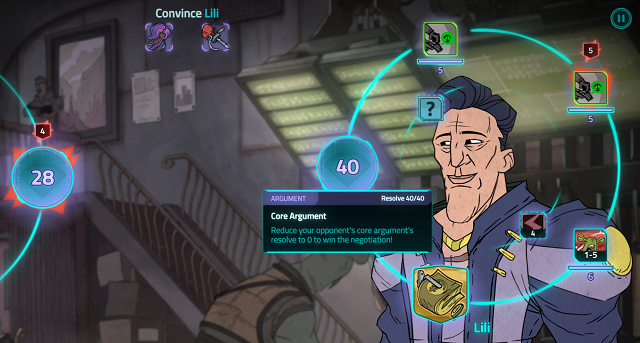
Resolve is basically Griftlands’ term for health when negotiating. You and your opponent have core resolve values — those are the large circular blue numbers next to the character portrait.
You win the negotiation if you drop your opponent’s core resolve to 0, but lose it if your core resolve runs out.
Be careful, though — your resolve carries over between negotiations, so protecting your own resolve is usually more important than going on the offensive. Like most rules, there are exceptions to this, of course; when negotiating for a better quest reward, your opponent’s damage scales up quickly, so it’s best to attack early and get out while you still can.
You can replenish resolve by:
- Winning combat encounters
- Occasionally completing certain quests
- Drinking at a bar
- this adds negative cards to your negotiation and battle decks, though, so use this method sparingly
You’re resolve (and health) will be restored to full at the end of the day, at least on the default difficulty.
Resolve can also be defended using Composure, which serves as armor or defence against attacks. Composure isn’t retained between turns, though, so use it or lose it!
In the image below, you can see that my core resolve has 5 composure, while the enemy intends to do 4 damage. This leaves my core resolve undamaged, though the unused fifth resolve point is lost when my turn begins.
Arguments & Intents
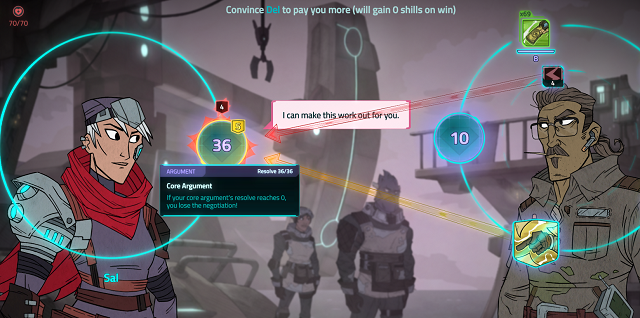
For the purposes of attacking and defending, your core resolve is treated as an argument, which we’ll discuss next.
Arguments can be played by you or your opponent, and they sit on the same ring as the core resolve.
They’re essentially resources that can be attacked and defended just like the core resolve. Some will provide the user with positive buffs every turn, while others can deal consistent damage to an opponent’s arguments. Certain arguments will have an Invulnerable modified, however, which can’t be targeted or damaged.
When entering a negotiation, you’ll be given friendly arguments from any crew members, some of which will even be deployed to your opponent’s side, often dealing damage to them once you destroy it.
Your opponent’s Intents are shown in the smaller inner ring, indicating which argument they’ll attack, how much damage they’ll do, and when they’re about to deploy an argument.
Diplomacy, Manipulate & Hostility
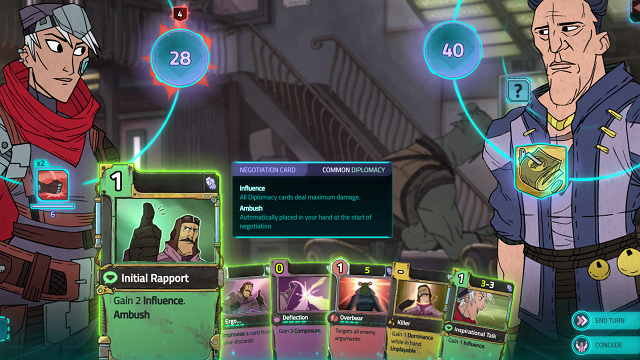
There are primary three types of cards used for negotiations. Green cards are Diplomacy, which function like basic attacks. Alongside them, you also have red Hostility cards that deal damage, and purple Manipulate cards which usually add composure or have an effect on your hand.
There isn’t a great deal of difference between choosing to attack with Diplomacy or Hostility cards, and though they can both deal damage, they have unique modifiers.
Influence causes Diplomacy cards to deal the maximum value of their damage ranges, while Dominance adds 1 additional damage to Hostility cards and both can be acquired from arguments or cards directly. There are other card types like Opponent, Item, and Status, but these are rarely seen.
Gameplay Tips & Tactics
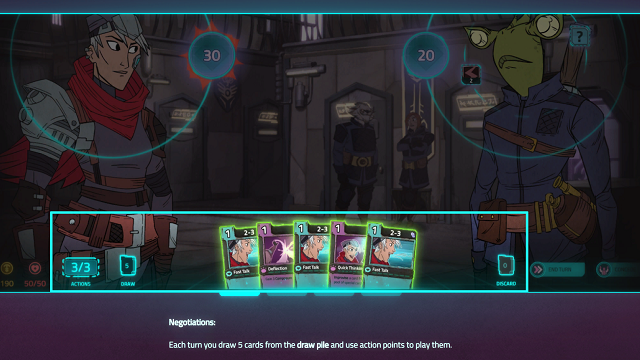
So, what about tactics? How should you approach tricky negotiations in Griftlands?
By default, you get 3 action points (AP) per turn — which don’t roll over if they go unused — and you’ll draw 5 cards.
This usually means you won’t be able to play every card in your hand each turn, at least not for the first couple of in-game days. As we said earlier, it’s a good idea to focus on defending yourself, as your Resolve is an important resource that persists across multiple negotiations.
Equally, that doesn’t mean you should go overboard and never go on the offensive; most opponent’s will eventually deploy an Impatience argument, that increases their damage and defense. Drawing out a negotiation isn’t the best plan of action, then.
It’s also important to note that any excess damage dealt to an argument will ricochet back to the core resolve.
So, for example, if your opponent attacks your argument with 4 resolve using an attack with 8 damage, it will destroy the argument and then deal 4 damage to your core resolve (assuming neither had any composure to defend them.)
Deck-building Strategy
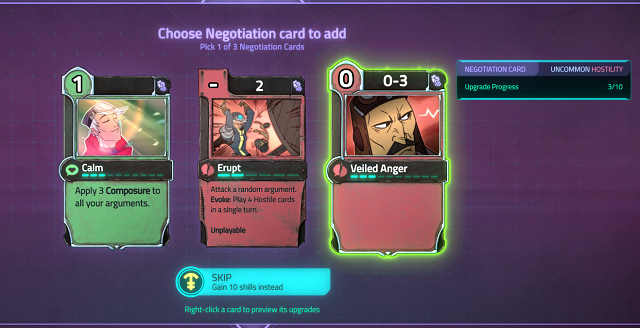
From a deck-building perspective, you’ll have more cards than AP points for a while, so draw power isn’t immediately useful. You can increase your AP using Grafts, which are usually given as rewards at the end of each day. They can also give other beneficial effects, but prioritizing AP increases is wise.
It’s also a good idea to build towards either Hostility or Diplomacy with your deck. There’s no need to remove the other type, and no benefit to having a “mono-color” deck, but you should prioritize either Influence or Dominance and load your negotiation deck with cards of that color.
Finally, when choosing negotiation cards to add to your deck, pay attention to the rarity. This ranges from Basic to Unique, and is displayed when you hover over the cards. It’s usually makes sense to choose the rarer cards to add to your deck, but don’t give up a card that suits your playstyle just because another is shinier.
Griftlands is currently still in an Alpha state, so it’s possible this could all change, but this should be more than enough to get you through the early portions of the game.
Have your own questions or tips for Griftlands Negotiations? Have your say in the comments below.

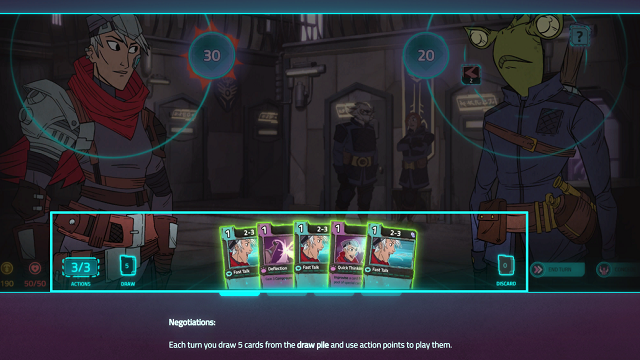



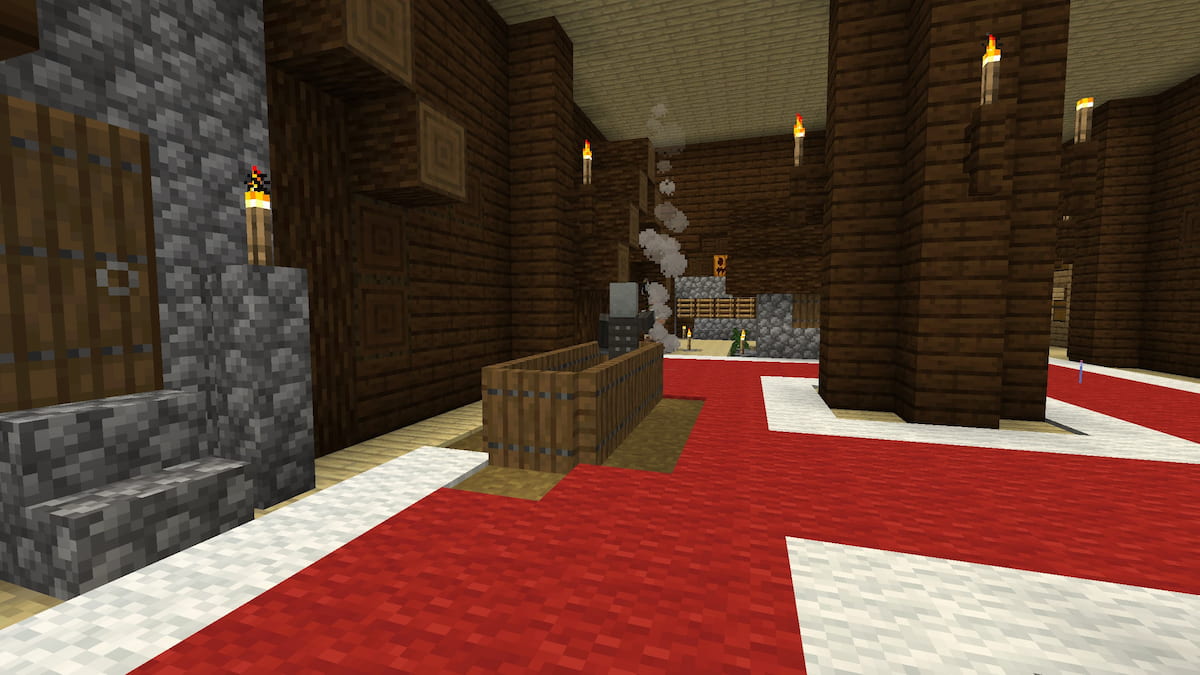
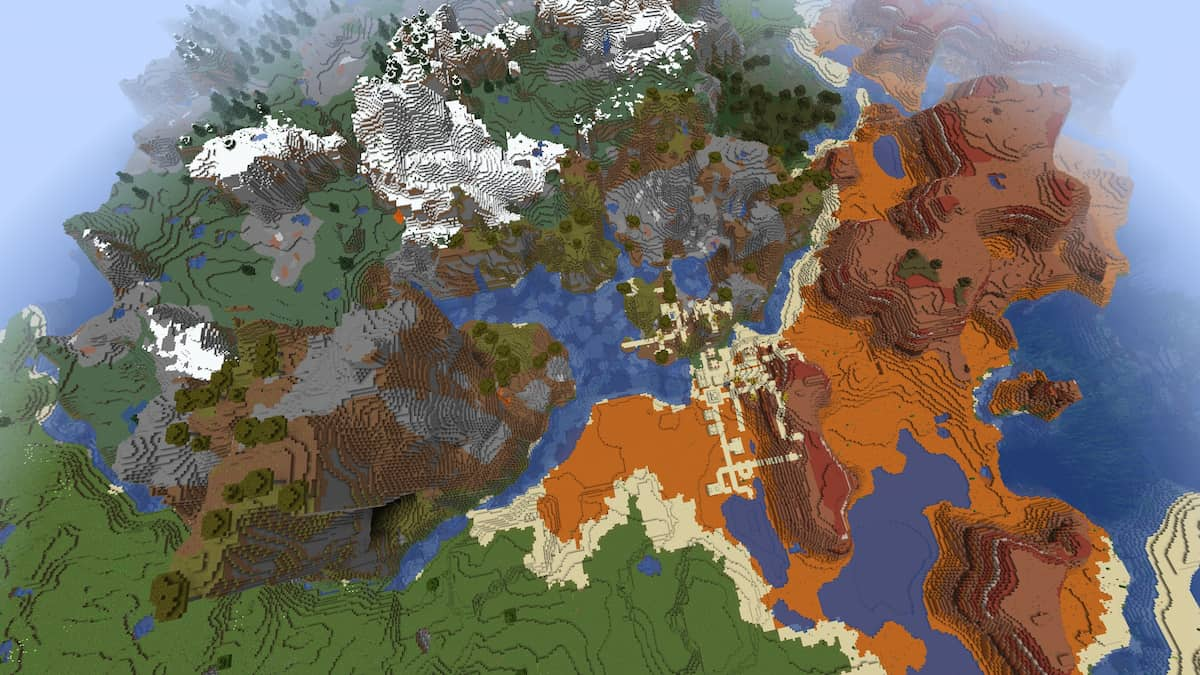
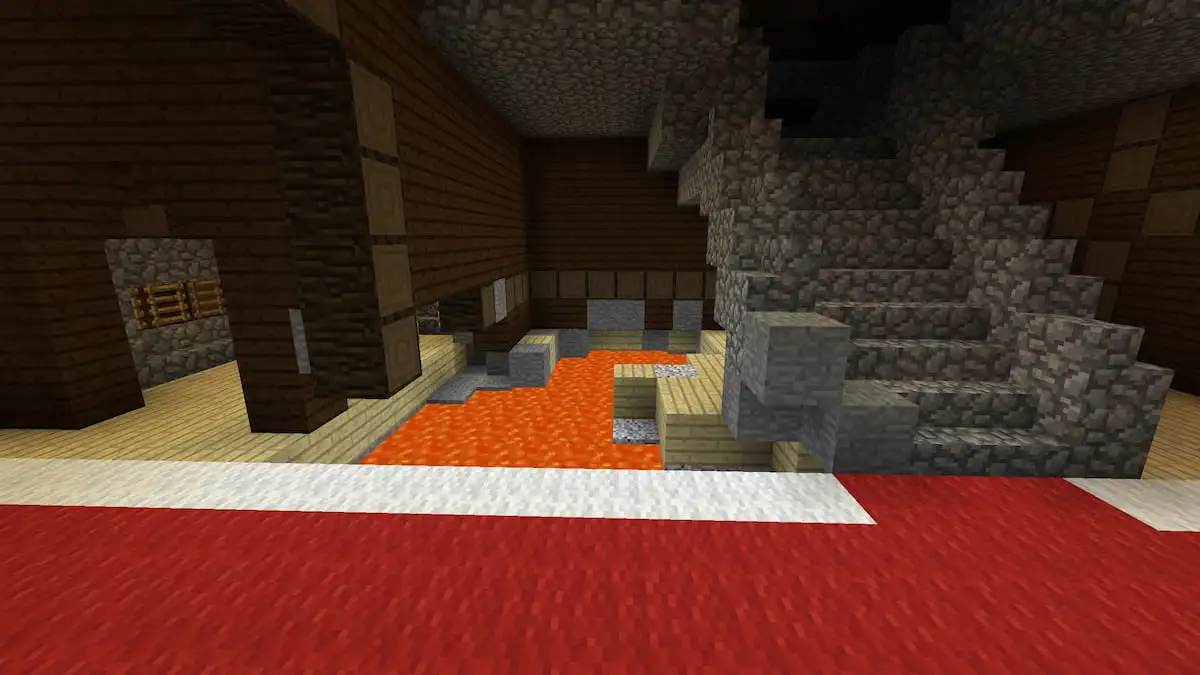
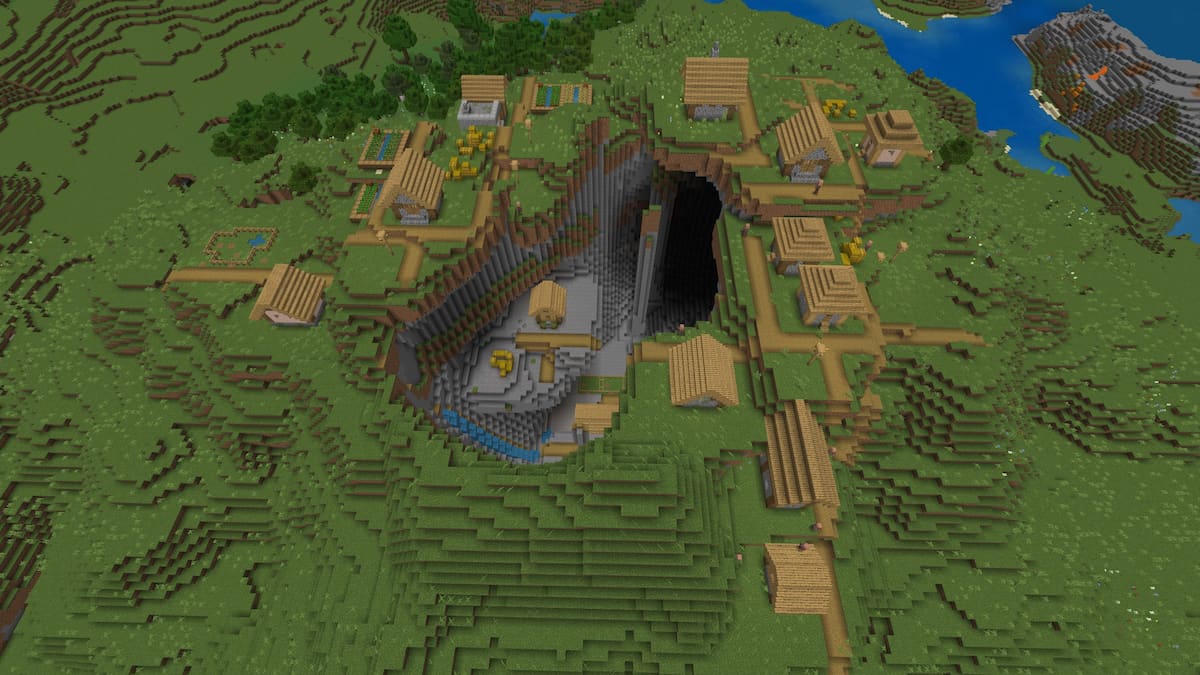
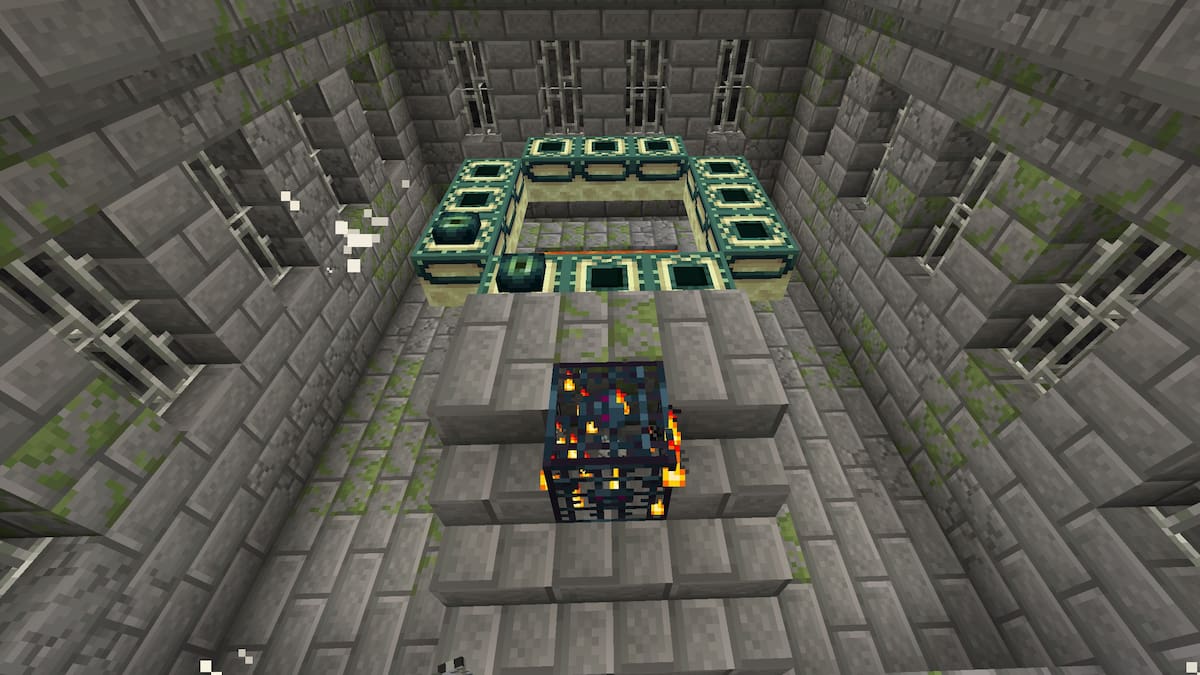
Published: Jul 13, 2019 05:56 am